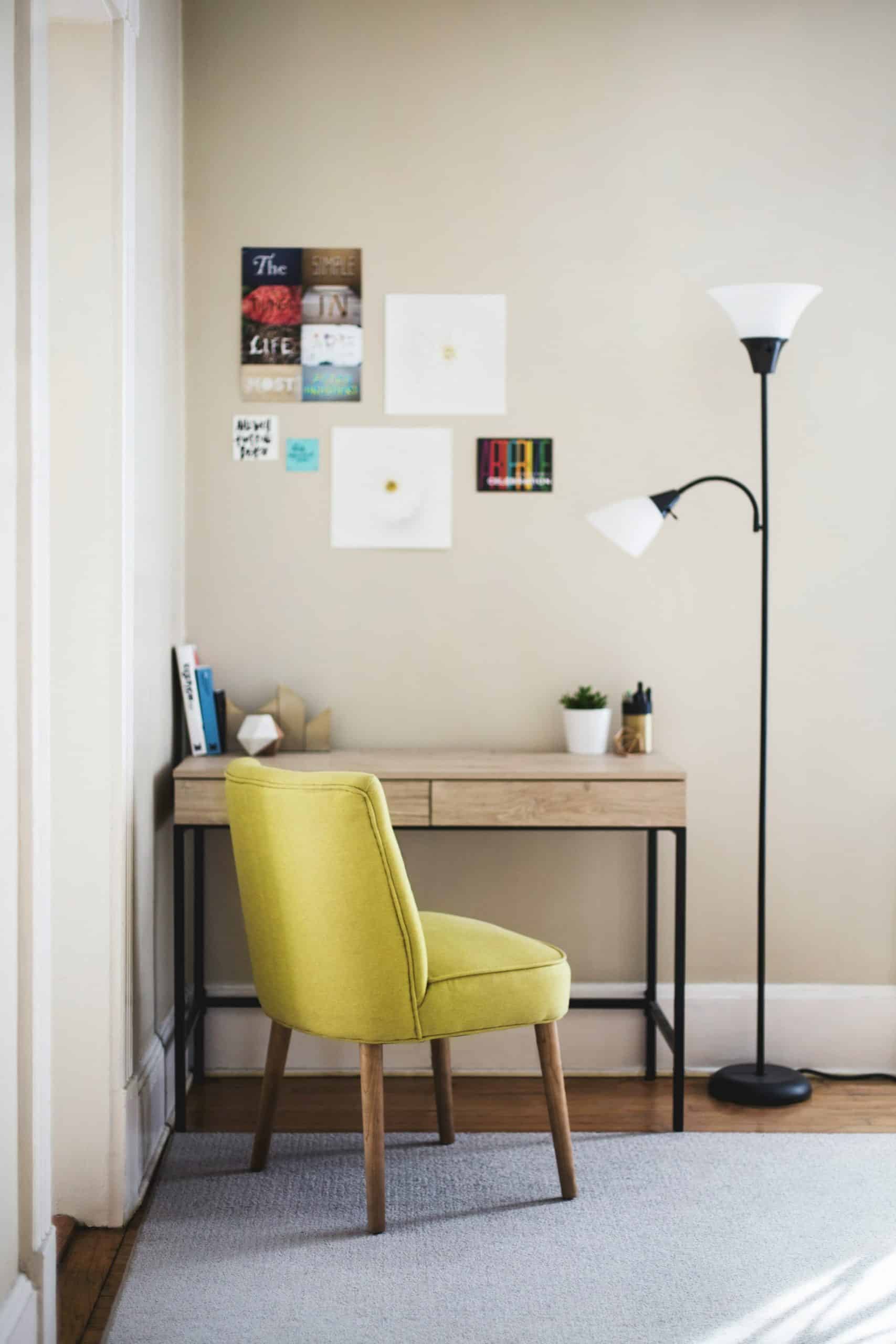What’s the Most Effective Way to Childproof a Home Library?

Creating a safe environment for your children at home is a priority for every parent. The health and safety of your child should always be paramount in every corner of your house, including your home library. The library is often neglected when it comes to childproofing, yet it poses numerous risks and potential injuries to your little ones. In this article, we will delve into the most effective ways to secure your home library and ensure it poses no risk to your children.
Secure All Bookshelves and Furniture
The towering bookshelves and furniture in your home library can be hazardous to your children. Top-heavy furniture and bookshelves can easily tip over when a child tries to climb up or pull out books.
Avez-vous vu cela : How to Construct a Mini Green Roof for an Urban Shed?
According to a study by the U.S. Consumer Product Safety Commission, furniture tipping caused an estimated 11,100 emergency department-treated injuries among children under 18 years old in 2019. To prevent this from happening, it’s important to anchor all bookshelves and other furniture to the wall using furniture straps, corner braces, or anti-tip kits.
Additionally, opt for low-level shelving for the books your children frequently use. This minimizes the need for them to climb, reducing the risk of injuries. Also, keep heavier books on the lower shelves to maintain stability.
Dans le meme genre : What Are the Best Ergonomic Features for a Senior’s Home Workstation?
Install Safety Locks on Doors and Windows
Doors and windows in your home library could pose a significant safety risk to your kids. Kids are curious and might want to explore what is outside the window or behind closed doors leading to accidents.
To prevent this, install safety locks on all windows and doors in the library. Window locks will keep your child from opening the window and potentially falling out. Door locks, on the other hand, can stop your child from closing the door and trapping fingers or getting locked in.
Also, consider using door knob covers to prevent children from opening doors. They are easy to install and can effectively keep your child safe in your home library.
Childproof the Bathroom
If your home library has a bathroom, it’s crucial to ensure it’s safe for your child as well. Bathrooms pose numerous potential hazards, including slips, falls, or accidental contact with cleaning agents or medications.
Installing a toilet lock can prevent your child from playing with water or accidentally falling into the toilet. Keep all cleaning agents, medicines and toiletries out of children’s reach, preferably in a locked cabinet. Non-slip mats can also be beneficial in preventing slips and falls.
Safe Storage for Books
Children love to pull and play with books, which can lead to potential injury if not managed correctly. The corners of hardcover books are sharp and can injure your child.
Consider providing a separate area for your children’s books, preferably in fabric or plastic containers at a low height that they can easily access. These containers should be lightweight and free from sharp edges. Also, opt for softcover books for your child’s collection as they are safer for your little ones.
Child-Proofing the Kitchenette
If your home library is equipped with a kitchenette, it’s essential to childproof it. Kitchens have many potentially dangerous items such as sharp objects, hot surfaces, and harmful cleaning supplies.
Use cabinet locks to prevent children from accessing the contents of the kitchen cabinets. Stove knob covers and oven door locks can also help avoid burns. Always keep a fire extinguisher in an easily accessible location, but out of reach of children.
Childproofing your home library isn’t just about safety, but ensuring your child develops a love for reading in a risk-free environment. By following these tips, you’re not only making sure your child is safe but also fostering their curiosity and love for learning. Remember, a home is a child’s first school, and making it safe for them is your primary duty as a parent.
Baby Proofing the Living Room Area
When your home library extends into a living room, it’s crucial to incorporate several safety rules and take precautionary measures to maintain a safe home environment for your young children. Living rooms often contain various potential hazards that need to be addressed, such as electrical outlets, electronic devices, cords, and sharp corners on furniture.
To begin with, ensure all power outlets are covered with safety plugs or outlet covers. These devices help prevent children from inserting objects into the outlets, thus reducing the risk of electrical shocks. For electronic devices like television sets, DVD players, or gaming consoles, consider using cord shorteners or wind-ups to keep the cords out of reach. This prevents kids from pulling on the cords and causing the devices to fall onto them.
Sharp corners on furniture pose another potential risk for injury. Corner guards can be installed on these sharp corners to prevent serious injuries caused by falls or bumps. Also, arrange the furniture in a way that does not encourage climbing or exploring by your child.
In terms of storage, cabinets and drawers in the living room area must be secured with cabinet locks or safety latches. These devices ensure that children cannot gain access to potentially dangerous items. For instance, if you have bookshelves with cabinets at the base, utilize locks to prevent your child from accessing heavy books or other stored items.
Safety Measures for Kitchen Appliances
If your home library includes a kitchenette, taking appropriate safety measures for kitchen appliances is paramount. Many accidents can occur from children gaining access to these appliances, underlining the importance of baby-proofing this area.
Start by securing the refrigerator with an appliance lock, which will prevent children from opening it and possibly getting trapped inside or accessing unsafe food items. If your kitchenette includes a microwave at a low height, consider moving it to a higher location or securing the buttons with an appliance lock to prevent accidental use.
Stove guards and knob covers are essential safety devices that can prevent burns from the stove top. These protective tools make it difficult for children to turn on the stove, serving as a great injury prevention measure. Always remember to turn pot handles toward the back of the stove when cooking to prevent them from being pulled down by curious hands.
Also, utilize safety latches on cabinets and drawers to keep children safe from potentially harmful objects such as cutlery, glassware, and cleaning supplies. Dishwashers should also be locked when not in use to prevent children from accessing sharp utensils or detergent pods.
Lastly, install a carbon monoxide detector in or near your kitchenette. This is a crucial device that alerts you to the presence of this deadly, colorless, and odorless gas.
Conclusion
Making your home library a child safe zone is a crucial aspect of home improvement for families with young children. While it may seem like a tedious process, the peace of mind you gain knowing your child is safe is invaluable. By adopting these safety rules and measures like using safety devices such as cabinet locks, window guards, and safety latches, you not only succeed in injury prevention, but you also create a conducive environment for your little one to explore and learn.
Remember, the goal of baby-proofing your home library is not solely to safeguard your child from potential hazards. It’s also about fostering their curiosity and love for learning without the constant worry of possible accidents. After all, a safe home fosters a happy and healthy child.
